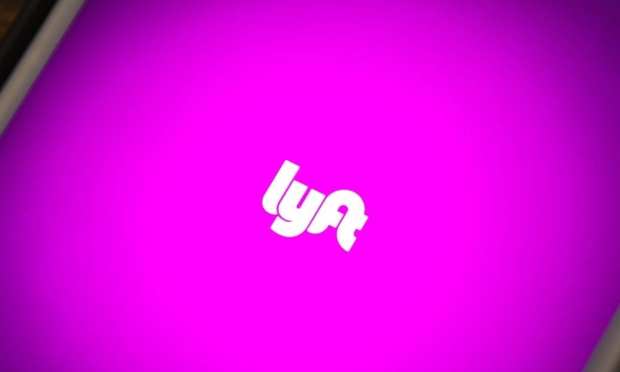No Lift For Lyft Following Q1 Earnings Report

There was no lift for Lyft from an earnings report that may have been viewed by investors as having been … uneven.
In its first quarterly report as a publicly-traded company, on Tuesday evening (May 7) the ride-hailing firm posted better top line than had been expected. But Lyft’s numbers also showed that revenue and growth have been borne atop a sea of red ink.
Revenues were $776 million, jumping from $397.2 million in the first quarter or year ago, and losses were $1.1 billion, where stock-based comp was $894 million. Adjusted results (backing out stock compensation, for example) still showed losses to the tune of $211 million, which translated to a bit more than $9 a share. Analysts had expected revenues of $740 million and losses of $3.77 a share.
Shares were down 5 percent in intraday trading to roughly $56.
Active riders, said management on the earnings call, were up 46 percent year on year to 20.5 million, and revenue per rider was $37.86, up up 34 percent from $28.27 last year. As John Zimmer, the firm’s co-founder, said on the call, the company remains focused on transportation, with recent bike share programs in cities such as New York and San Francisco extending into late in the next decade. (By way of contrast, key competitor Uber, with its own looming IPO, has been branching out into other markets).
Management also pointed on the analyst call to Lyft Direct, which has been billed as a “no-fee bank account and debit card tailor-made for our driver community,” per Zimmer. CFO Brian Roberts said separately on the call that there remains a roadmap to profitability based in part on leveraging its core ride sharing business, which has strong contribution margins.
Lyft forecast that revenue would grow to as much as $3.3 billion by the end of 2019, up 53 percent from a year earlier. That would be slower than 2018, when the company’s revenue doubled.
Lyft executives also pointed to partnerships with autonomous vehicle enterprises, such as with Waymo (via Alphabet) through which an initial rollout in Phoenix includes about 10 vehicles.
In one bit of commentary, Roberts noted that “in the U.S. alone, the consumer transportation market is $1.2 trillion and of that $1.2 trillion, over $1 trillion is spent on car ownership. And we see this once in a generation opportunity to move this trillion dollar plus car ownership market to the world of transportation-as-a-service.”
